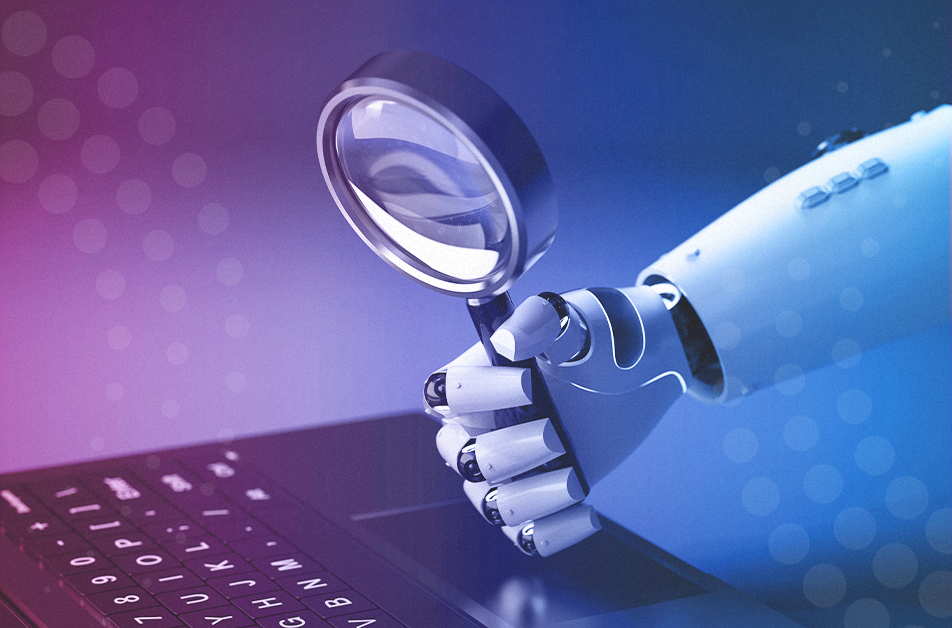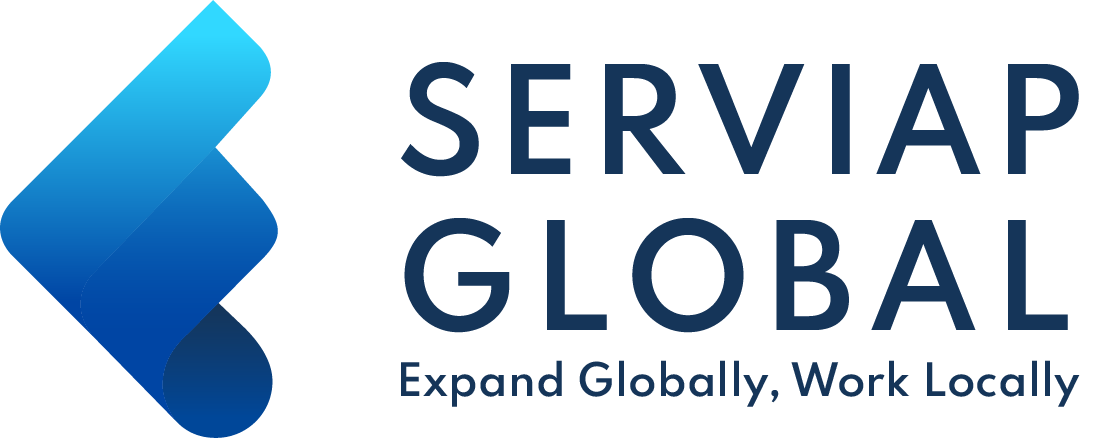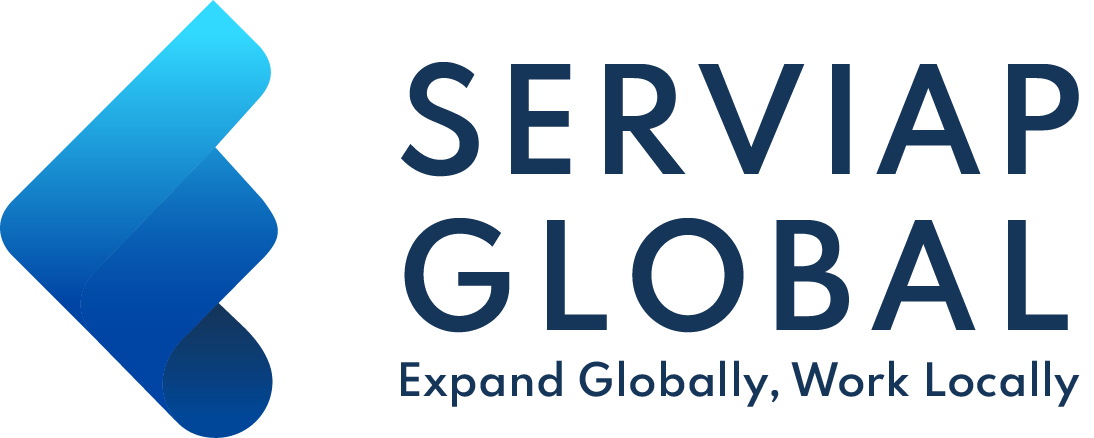Table of Contents
Artificial intelligence (AI) has transformed how companies navigate the processes of building diverse, skilled, and global teams. It streamlines talent acquisition and can ensure better hiring decisions.
The use of AI in recruitment dates back to the early 2000s, when companies began leveraging applicant tracking systems (ATS) to automate resume screening. Over the years, advancements in machine learning and natural language processing (NLP) have enabled AI to take on more sophisticated tasks, such as candidate sourcing, skills assessment, and predictive analytics.
By the mid-2010s, AI-driven recruitment platforms gained widespread adoption, integrating tools for chatbot interactions, automated interview scheduling, and deep data analysis to match candidates with job descriptions.
Today, as globalization continues to shape workforce trends, AI is poised to further refine and optimize how businesses connect with top talent worldwide.
The role of AI in hiring
AI revolutionized hiring by automating time-consuming tasks and providing data-driven insights. When applied efficiently to international recruitment, AI can enhance candidate sourcing by identifying qualified professionals across different countries.
Proper tools also improve screening by analyzing resumes, skills, and cultural fit. It helps you ensure compliance with local employment laws and work permit requirements, which is important for global hiring, when you must deal with divergent local regulations.
Finally, AI can enhance onboarding and personalize the employee experience. By integrating AI into your global hiring strategy, you can reduce costs, save time, and improve the quality of hires.
AI-powered candidate sourcing
Finding the right talent in international markets can be challenging, especially when navigating language barriers, different job boards, and varying skill assessment methods.
AI-powered sourcing tools help automate job postings across multiple international platforms, as well as scan millions of profiles to find candidates with the right skills and experience, sending personalized invites.
You can use predictive analytics to determine the best sources of global talent. For example, AI tools like LinkedIn Recruiter, HireVue, and Entelo use machine learning to analyze candidates’ tags and written content, helping recruiters identify top international talent faster.
AI for ensuring compliance and legal requirements

One of the biggest challenges of hiring international workers is ensuring compliance with local labor laws, tax regulations, and work permits. AI-driven compliance tools help by verifying employment eligibility based on local labor laws.
This technology can also check visa and work permit requirements automatically, as well as identify tax implications for hiring in different countries.
However, it’s important to still review all data provided by AI, as legal requirements in different countries can very quickly get updated over time.
AI in onboarding and employee experience
AI doesn’t stop at hiring, as it also enhances onboarding and employee engagement. AI-driven onboarding platforms provide personalized onboarding experiences tailored to different cultural backgrounds.
Document processing for visas, tax forms, and contracts is easily automated with technology. Companies can also train AI chatbots to answer new hires’ basic and general questions in real-time.
For example, AI-powered HR assistants like ChatGPT or Leena AI help streamline onboarding by providing multilingual support and guidance to new employees, improving retention rates.
How to use AI in hiring: ethics and reduced bias
Using AI or not, hiring bias can be a challenge, especially in global recruitment where cultural and unconscious biases may affect decision-making. In theory, AI can help reduce bias by focusing on data-driven decisions rather than subjective opinions.
On the other hand, while AI offers numerous advantages, it’s essential to pay close attention to algorithmic bias to prevent discrimination and ensure data privacy.
In general, over-reliance on AI can result in human insight and threaten fairness and accuracy. Employers should use AI as a tool to enhance, not replace, human decision-making in the hiring process.
Balancing automation with human oversight
While AI has significantly improved the efficiency of global hiring, it cannot replace the human expertise required to oversee critical recruitment decisions.
AI-powered systems excel at processing vast amounts of data, identifying talent trends, and automating administrative tasks, but final hiring decisions should always involve human recruiters. They bring emotional intelligence, strategic thinking, and contextual awareness that AI cannot replicate.
Moreover, companies looking to scale their international hiring efforts efficiently and compliantly can benefit from partnering with global partners such as an employer of record. They help navigate complex labor laws and global workforce management, complementing AI-driven recruitment solutions while ensuring a human touch remains at the heart of hiring.
By integrating AI with expert human oversight and the support of a global EOR, businesses can build a truly efficient, scalable, and compliant hiring strategy for the future.
How useful was this post?
Click on a star to rate it!
Average rating 0 / 5. Vote count: 0
No votes so far! Be the first to rate this post.
We are sorry that this post was not useful for you!
Let us improve this post!
Tell us how we can improve this post?










